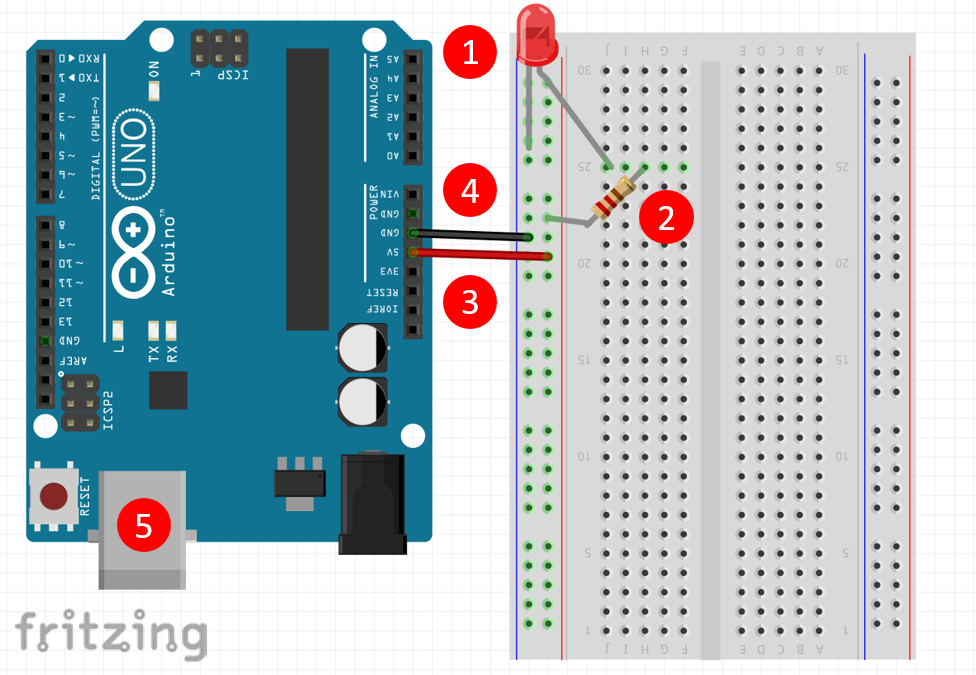
Strip two pieces of wire and connect a male DC barrel jack adapter with a screwdriver to an Arduino's barrel jack for VIN.Just make sure to not connect it to the 12V or 5V side. Note: The spade connector for the panel's GND pin can be connected to both GND pins of the screw terminal.
 Breakout Board with Molex connector and 5mm screw terminals soldered. Note: If you are using an older 12V/5V power supply, you will need the three prong IEC C13 Cable to connect AC power to the supply. (Just don't hook up the 12V output to it!). A 12V/5V 2A Power Supply, which should be enough to keep the display running. Longer-Term: 12V/5V Power Supply Breakout Board If you are powering the Arduino with a different voltage, make sure to connect GND in order to have the same reference voltage. Here are a few methods we've used to power the panel. Check out the next page for help finding a power source and cable.īefore following along with this tutorial, we recommend reading through these tutorials first: The panel includes a 4-pin polarized connector and spade-terminated cable for its power supply. You'll also need some method to connect your power supply to the panel. A simple 5V (1A) wall adapter does work, at least in the short run, but you may want to step up to a higher capacity supply, like the 12V/5V (2A) or 5V/2A wall adapter. You'll need something that can source a high amount of current. You'll need around 16 to wire from the panel to your Arduino.
Breakout Board with Molex connector and 5mm screw terminals soldered. Note: If you are using an older 12V/5V power supply, you will need the three prong IEC C13 Cable to connect AC power to the supply. (Just don't hook up the 12V output to it!). A 12V/5V 2A Power Supply, which should be enough to keep the display running. Longer-Term: 12V/5V Power Supply Breakout Board If you are powering the Arduino with a different voltage, make sure to connect GND in order to have the same reference voltage. Here are a few methods we've used to power the panel. Check out the next page for help finding a power source and cable.īefore following along with this tutorial, we recommend reading through these tutorials first: The panel includes a 4-pin polarized connector and spade-terminated cable for its power supply. You'll also need some method to connect your power supply to the panel. A simple 5V (1A) wall adapter does work, at least in the short run, but you may want to step up to a higher capacity supply, like the 12V/5V (2A) or 5V/2A wall adapter. You'll need something that can source a high amount of current. You'll need around 16 to wire from the panel to your Arduino.  Two packs of male-to-male jumper wires. Any size higher than a 32x32 panel requires an Arduino Mega 2560 or faster microcontroller. If you have an Arduino Mega 2560 you may want to whip that out instead.
Two packs of male-to-male jumper wires. Any size higher than a 32x32 panel requires an Arduino Mega 2560 or faster microcontroller. If you have an Arduino Mega 2560 you may want to whip that out instead. 
These panels really stretch the Arduino to its limits. At least an Arduino Uno (or comparable ATmega328-based Arduino).On top of either size panel, you'll also need:

A 16x32 RGB LED panel to the left, and a 32x32 panel to the right.








 0 kommentar(er)
0 kommentar(er)
